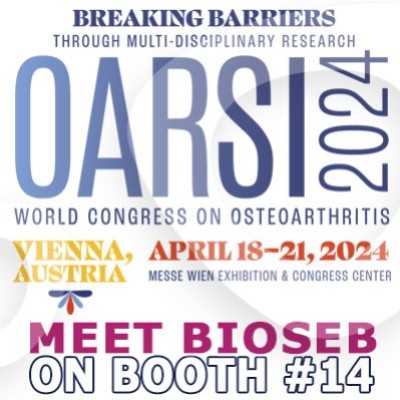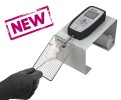Authors
L Liu, X Zhao, M Silva, S Li, X Xing, W Zheng
Lab
Faculty of Health Science, University of Macau, Taipa, Macau, China
Journal
Pharmacological Research
Abstract
Brachial plexus axotomy is a common peripheral nerve trauma. Artemisinin, an FDA-approved antimalarial drug, has been described to possess neuroprotective properties. However, the specific mechanisms by which artemisinin protects neurons from axotomy-induced neurotoxicity remain to be elucidated. In this study, we assessed the neuroprotective effects of artemisinin on an experimental animal model of brachial plexus injury and explored the possible mechanisms involved. Artemisinin treatment restored both athletic ability and sensation of the affected upper limb, rescued motoneurons and attenuated the inflammatory response in the ventral horn of the spinal cord. Additionally, artemisinin inhibited the molecular signals of apoptosis, activated signaling pathways related to cell survival and induced NSCPs differentiation into NeuN-positive neurons. Further validation of the involved key signaling molecules, using an in vitro model of hydrogen peroxide-induced neurotoxicity, revealed that both the inhibition of PKA signaling pathway or the silencing of Akt reversed the neuroprotective action of artemisinin on motoneurons. Our results indicate that artemisinin provides neuroprotection against axotomy and hydrogen peroxide-induced neurotoxicity, an effect that might be mediated by the PKA-Akt signaling pathway.

 Douleur - Allodynie/Hyperalgésie Thermique
Douleur - Allodynie/Hyperalgésie Thermique Douleur - Spontanée - Déficit de Posture
Douleur - Spontanée - Déficit de Posture Douleur - Allodynie/Hyperalgésie Mécanique
Douleur - Allodynie/Hyperalgésie Mécanique Apprentissage/Mémoire - Attention - Addiction
Apprentissage/Mémoire - Attention - Addiction Physiologie & Recherche Respiratoire
Physiologie & Recherche Respiratoire
 Douleur
Douleur Métabolisme
Métabolisme Système moteur
Système moteur Neurodégénérescence
Neurodégénérescence Thématiques transversales
Thématiques transversales Système musculaire
Système musculaire Functions de motricité générale
Functions de motricité générale Troubles de l'humeur
Troubles de l'humeur Autres pathologies
Autres pathologies Articulations
Articulations Système Nerveux Central (SNC)
Système Nerveux Central (SNC)  Système sensoriel
Système sensoriel Bioseb on booth #14 at OARSI 2024 in Vienna
Bioseb on booth #14 at OARSI 2024 in Vienna 